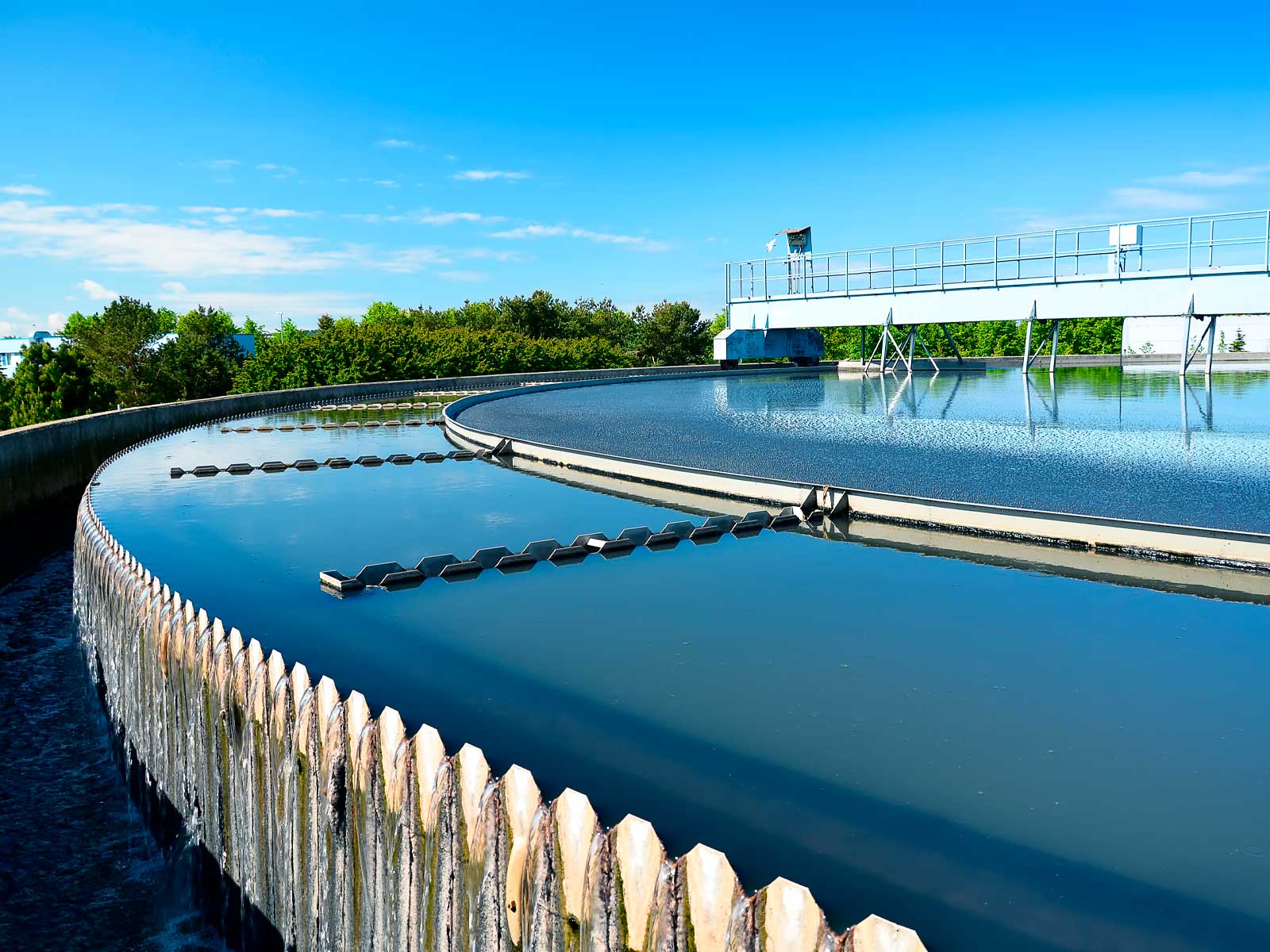Sludge dewatering refers to a process that separates solid and liquid elements, making it simpler and more economical to manage each phase individually before ultimately disposing of them in a dry form. The objective is to extract water from the liquid sludge, transforming it into a semi-solid or solid mud block.
Several mechanical technologies are available for sludge dewatering, including vacuum filtration, pressure filtration, centrifugal dewatering, and screw press dewatering. Equipment such as plate and frame filter presses, belt filter presses, centrifuges, and geomembranes are utilized in this process.
Why Altum’s software-guided ultrasound?
Ultrasonic sludge dewatering is a wastewater remediation technique that uses high-frequency sound waves to separate sludge from water. Ultrasound disrupts the extracellular polymeric substances (EPS) that bind water to sediment, making separation simple. This results in volume reduction and efficient treatment downstream. Additionally, it reduces the need for chemical flocculants, making it an environmentally friendly option. Altum Technologies’ ZPD solution is an ideal candidate for the job, because it combines traditional ultrasound dewatering with proprietary beamforming software: Altum’s high-power ZPD Ultrasonic technology not only produces the required power but also focuses the power precisely where disruption is required. Internet of Things (IoT) enables Altum to remotely monitor and control its solution, while our externally applied clamp-on system makes it easy to do online installation without disturbing the production process.
What are the benefits of using Altum’s solution in the dewatering process?
There are numerous benefits for your company if you choose to use Altum’s solution in the dewatering process. Dewatering wastewater solids offers your company multiple benefits. Altum’s solution
- reduces the volume of residuals
- reduces costs for subsequent storage, processing, transfer, end use, or disposal, among other benefits
- improves the operation, as efficiency and equipment wear can be optimized and less steps are needed in the process compared to traditional methods
In a case where Altum Technologies’ ZPD solution was used to improve the dewatering process in a water facility and increase dry material content, the ZPD solution was applied to the sludge pipeline. During the project, parameters from the centrifuge were monitored and compared to a period during which Altum’s solution was not on. According to this analysis, the centrifugal inertia was extremely stabile and the amount of vibration was significantly less. These observations mean more efficiency and less wear for the equipment. The improvement in the dewatering process was over 2%. This improvement reduces the amount of sludge in the plant circulation, as well as makes the other processes of the facility more efficient.
Environmentally friendly dewatering with Altum’s technology
Efficient dewatering achieved with Altum’s high-power ZPD Ultrasonic technology is environmentally friendly, as the volume of waste is reduced and easier to manage, reducing the energy needed for processing, transferring and disposal. In addition to this, the environmental impact is affected positively by a decrease in the need for chemicals. The water extracted can in turn be reused and recycled and so the need for new water is reduced.
Do you want to know more about how Altum can help your company tackle your dewatering challenges sustainably? Don’t hesitate to get in touch with us!

